Why Language Learning is Like Mastering a Musical Instrument
Lately, I’ve been on a path to relearn one of my first languages, Mandarin Chinese - specifically, the Taiwanese dialect. For most of my life, I have been illiterate - and up until about six months ago, my fluency in Spanish (which I learned in school and nonprofit work) was far better. In fact, I never thought I would be able to read/write it but now, I can comfortably read at an elementary level (about 600 words) and have been learning about 20-30 new words a day. In the process of trying apps and studying new methods, I’ve found striking parallels between language learning and master a musical instrument. Both share a fascinating interplay between technical foundations and practical application, between theory and performance, between solo practice and collaborative expression. And both, often require the involvement of others - a band, if you will - to really soar.
The Technical Foundation: Vocabulary and Chords
Just as a guitarist must learn basic chords before playing songs, language learners need to build their vocabulary. These building blocks are essential, but they're just the beginning. Memorizing vocabulary in isolation is like practicing chord transitions without context – necessary but incomplete and unstatisfying. You might know how to form an A minor chord, but that's very different from using it effectively in a song. I found that by learning entire phrases - especially speaking and reading - rather than isolated words accelerates learning in the same way that playing songs improves outcomes faster than only learning scales or individual notes. Just as the point of learning a music instrument is to be able to perform songs, the main goal of learning a language is to communicate…so the more that you can emulate the context of the skill, the faster you’ll master it.
The Musical Nature of Tones
One of the most intimidating aspects of learning Chinese is mastering its tones. However, this challenge becomes less daunting when approached like musical expression. In Mandarin, the same word can change meaning with tone. Just as singers learn to modulate their voices to convey emotion – rising for excitement, falling for solemnity, or using a combination for complex feelings – Mandarin learners navigate similar patterns with their tones. In English, we naturally use tonal variations to express questions, excitement, or sarcasm. Learning Mandarin tones is simply making these musical aspects of language more explicit and deliberate.
This is probably why opera singers excel at learning other languages - they don’t overthink the word themselves, they just treat it as the sound. That sound represents intention and emotion. Speaking is no different.
From Practice to Performance
The real magic happens when we move beyond the basics. In music, playing actual songs brings those chord progressions to life, teaching you timing, feeling, and musical context. Similarly, engaging in real conversations transforms vocabulary from isolated words into living language. You learn the rhythm of speech, the natural flow of ideas, and the subtle nuances that textbooks can't teach. While it is good to practice on your own, joining a band is when you really start learning - same with language (and talking to your phone’s app just isn’t quite the same). A jam session pushes musicians to keep up and adapt in real-time, just as conversation forces language learners to think on their feet and respond naturally.
Musicians often talk about "getting a feel" for their instrument – that intimate understanding that comes from hours of playing. Language learning has its equivalent in immersion. Watching movies, listening to podcasts, or chatting with other speakers creates that same deep familiarity. It's like how musicians develop an intuitive sense of timing and tone through extensive listening and playing - even they don’t understand the complex musical theory underneath it all. We often over-emphasize the technicality of language and forget that it’s important to feel our way through it as well.
Pattern Recognition and Muscle Memory
Both pursuits rely heavily on pattern recognition and muscle memory. Musicians learn to recognize common chord progressions, while language learners start to notice sentence patterns. Your fingers eventually know where to go on a guitar fretboard, just as your mouth learns to form foreign sounds naturally. This automaticity only comes through regular practice and application. Regular practice helps form new grooves in your mind which get deeper and better with use.
Embracing Imperfection
Perhaps the most important parallel is the need to embrace imperfection. Just as no musician starts by playing complex pieces perfectly, no language learner begins with flawless pronunciation and grammar. The willingness to make mistakes, to play or speak despite imperfections, is crucial for progress in both domains.
The journey of learning a language, like mastering an instrument, is ongoing. There's always room for improvement, new techniques to master, and deeper levels of expression to explore. But by approaching language learning with the mindset of a musician – balancing technical practice with creative expression, solo study with collaborative learning – we can make the process both more effective and more enjoyable.
Remember, just as every musician develops their own style, every language learner develops their own voice. The key is to keep playing, keep speaking, and let the harmony of learning guide your progress.
